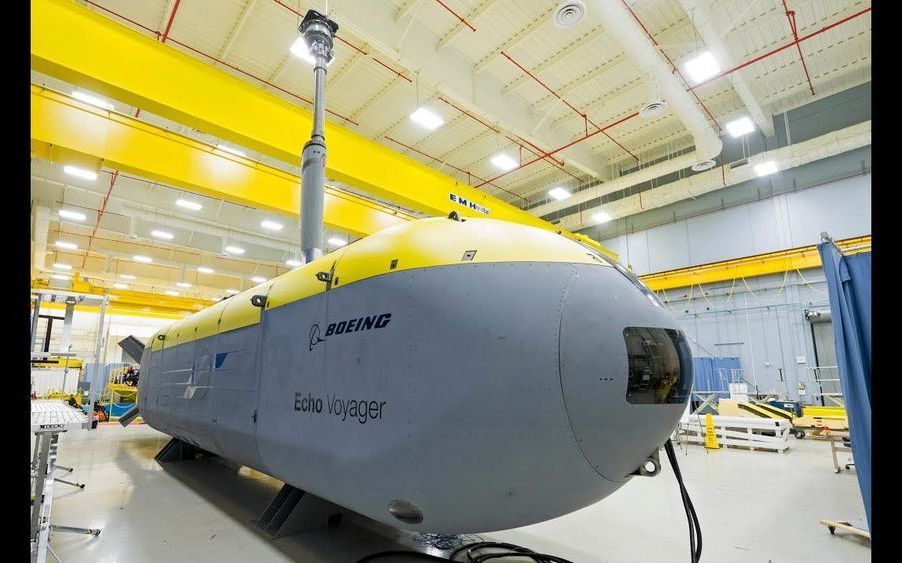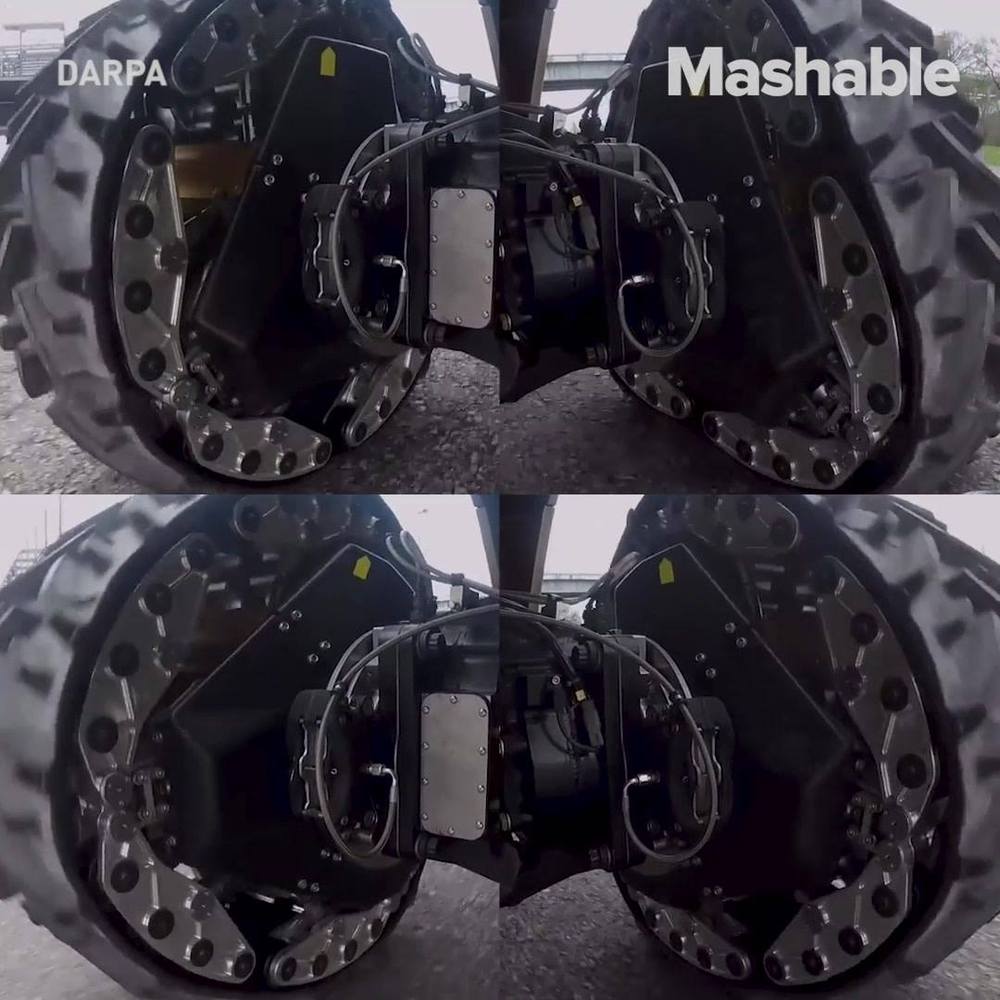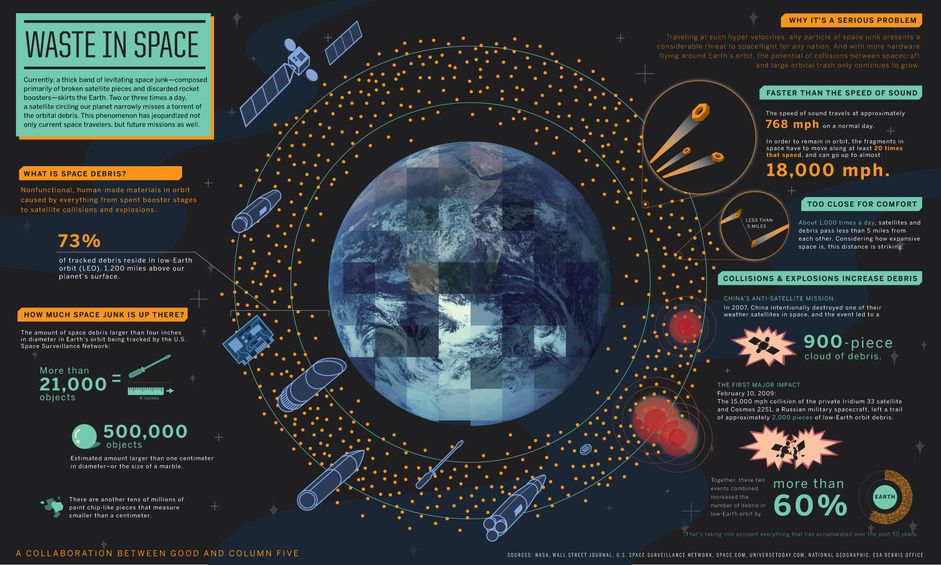Nov 26, 2019
Inside the Boeing Orca XLUUV unmanned submarine
Posted by Genevieve Klien in categories: military, robotics/AI
The US Navy has awarded Boeing contracts worth a total of $274.4m to produce five Orca Extra Large Unmanned Undersea Vehicles (XLUUVs). Based on Boeing’s Echo Voyager prototype UUV, the 15.5m-long submersible could be used for mine countermeasures, anti-submarine warfare, anti-surface warfare, electronic warfare and strike missions. Berenice Baker finds out more.


















